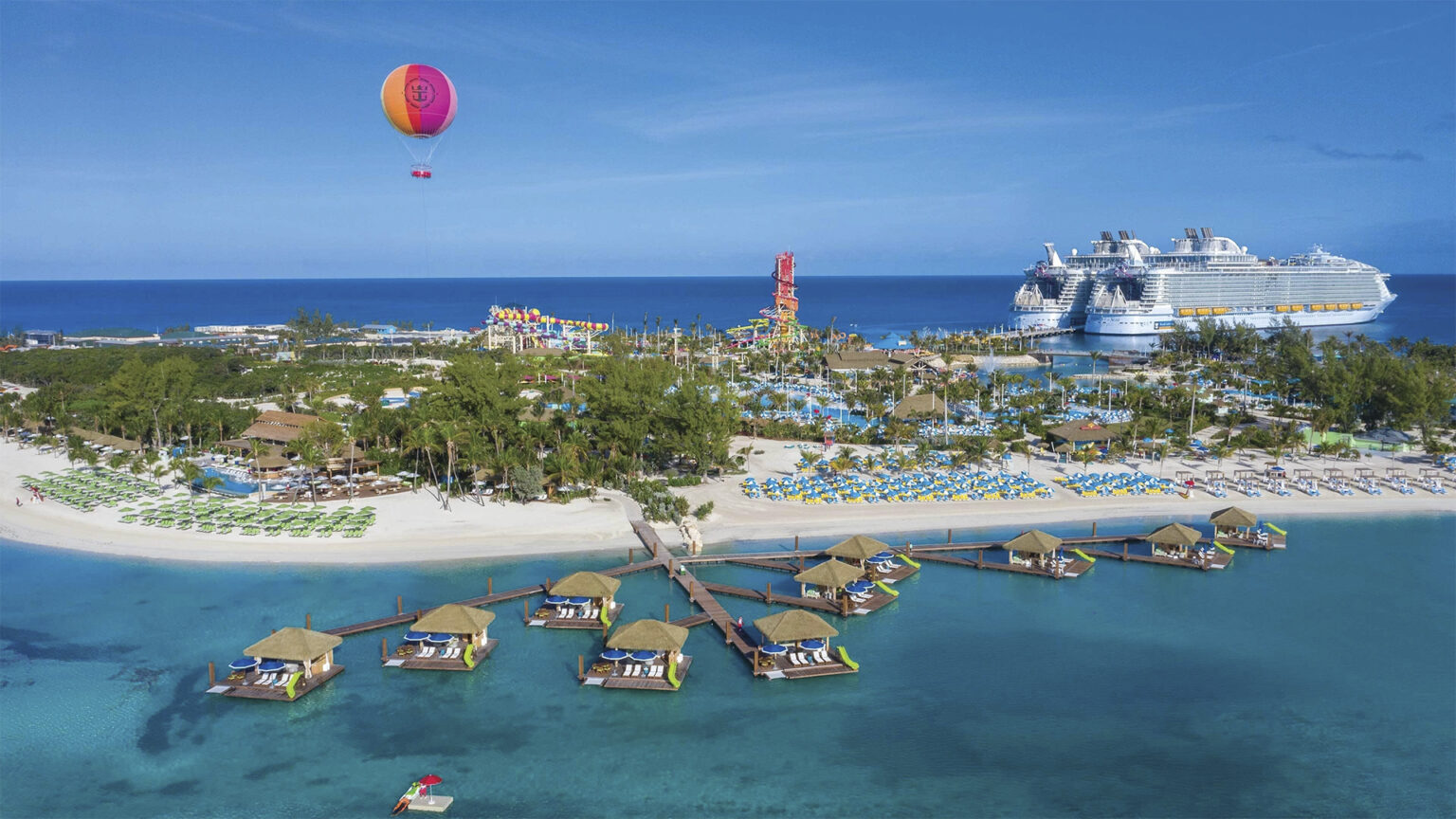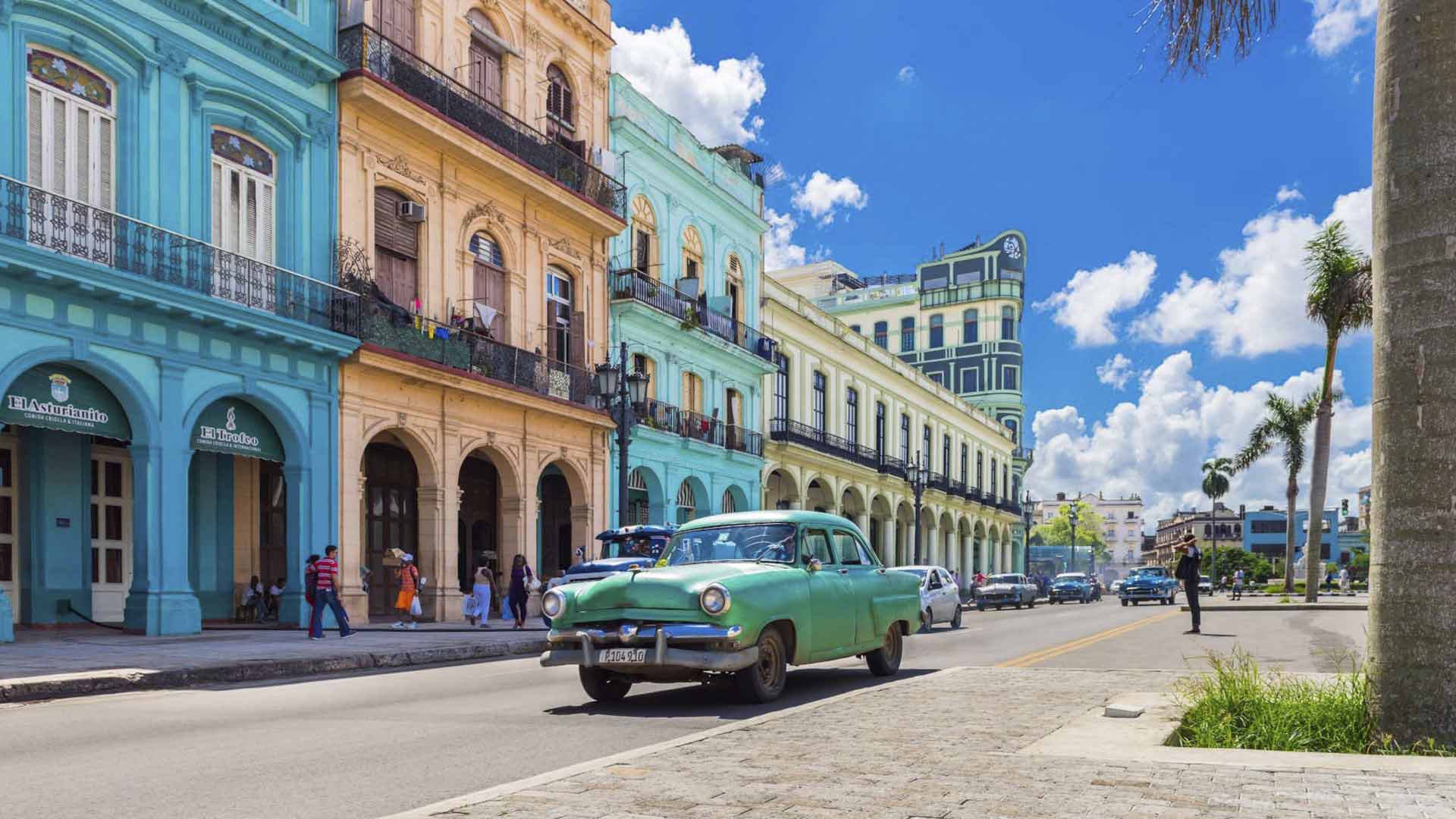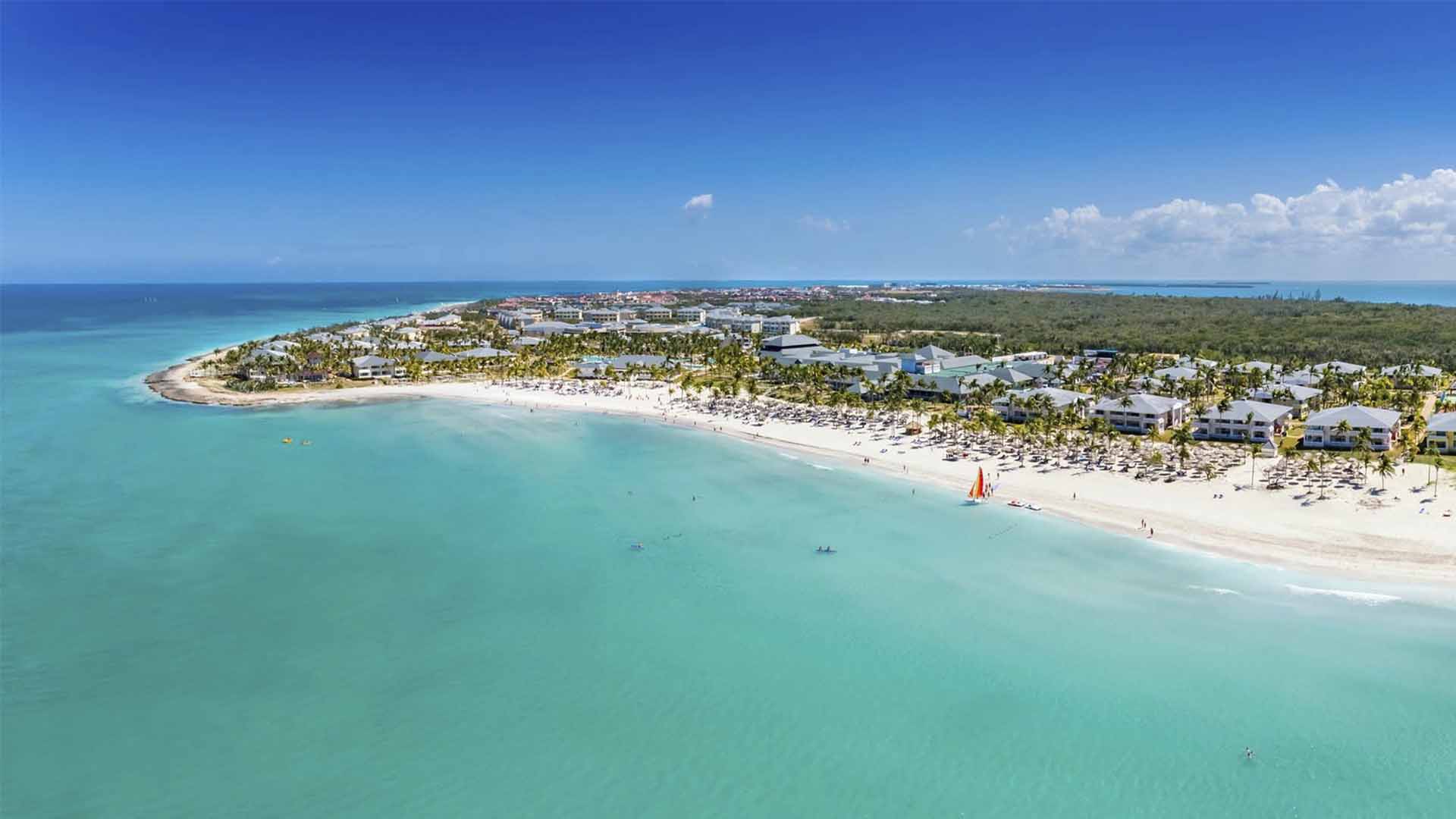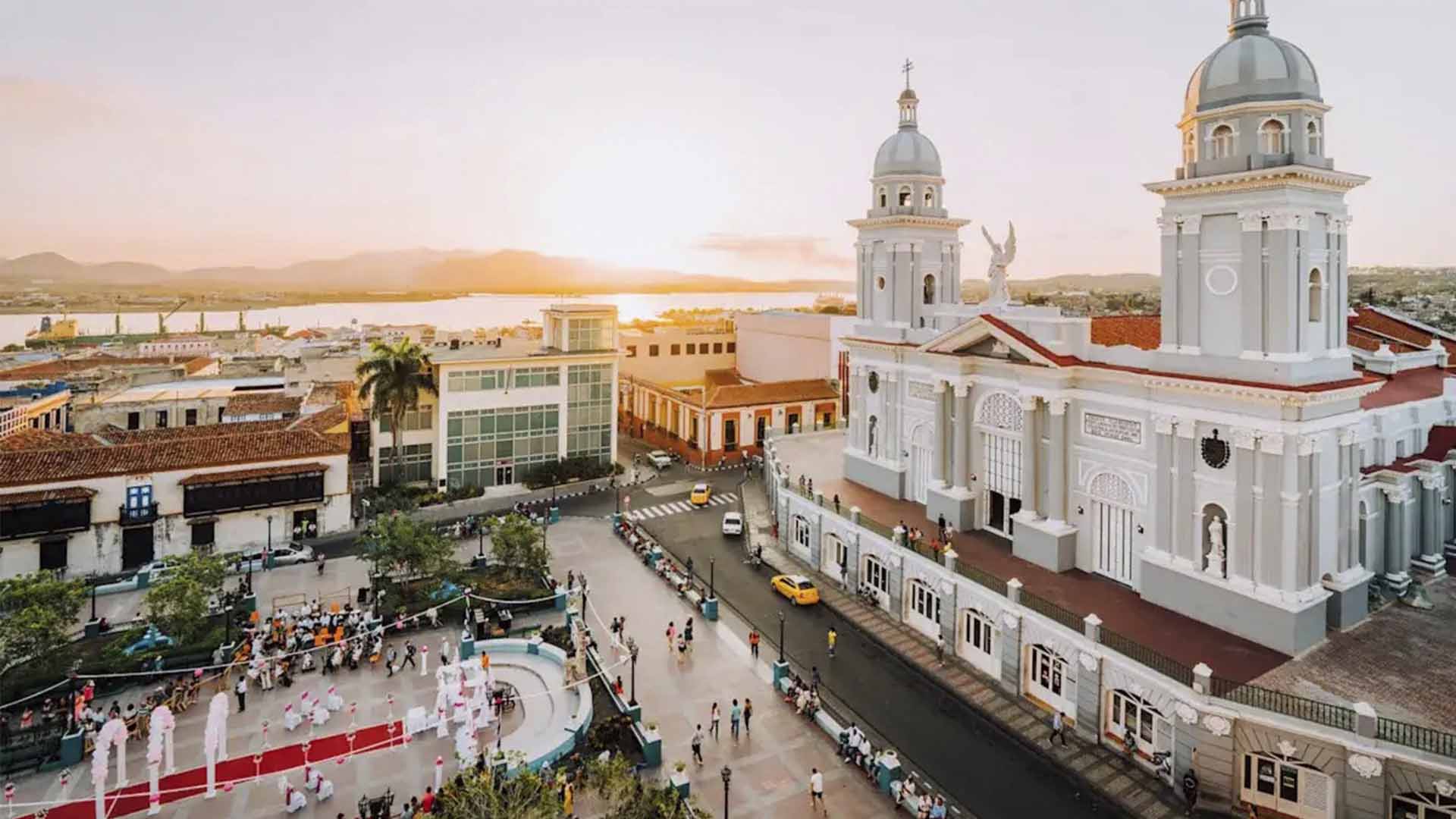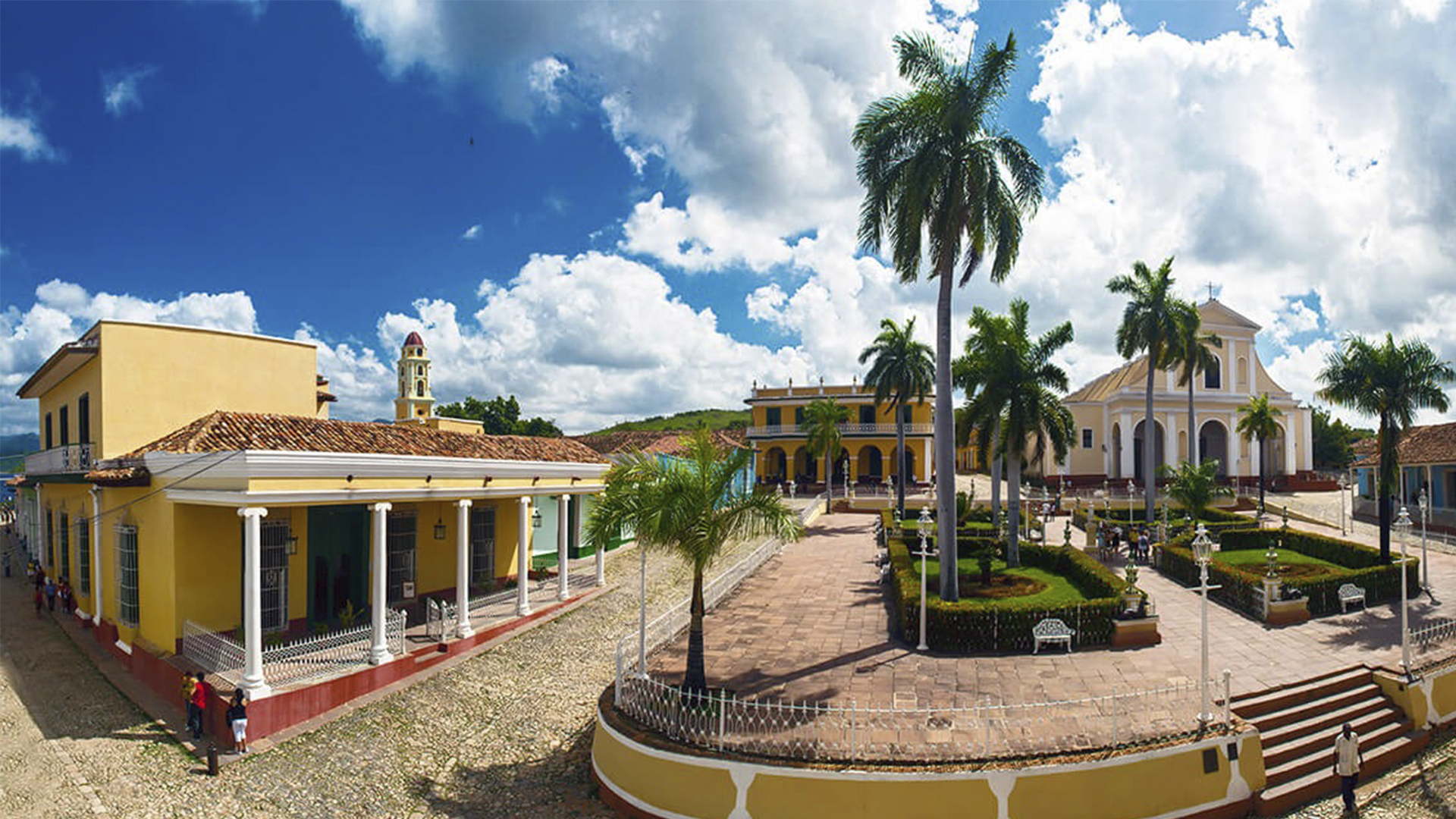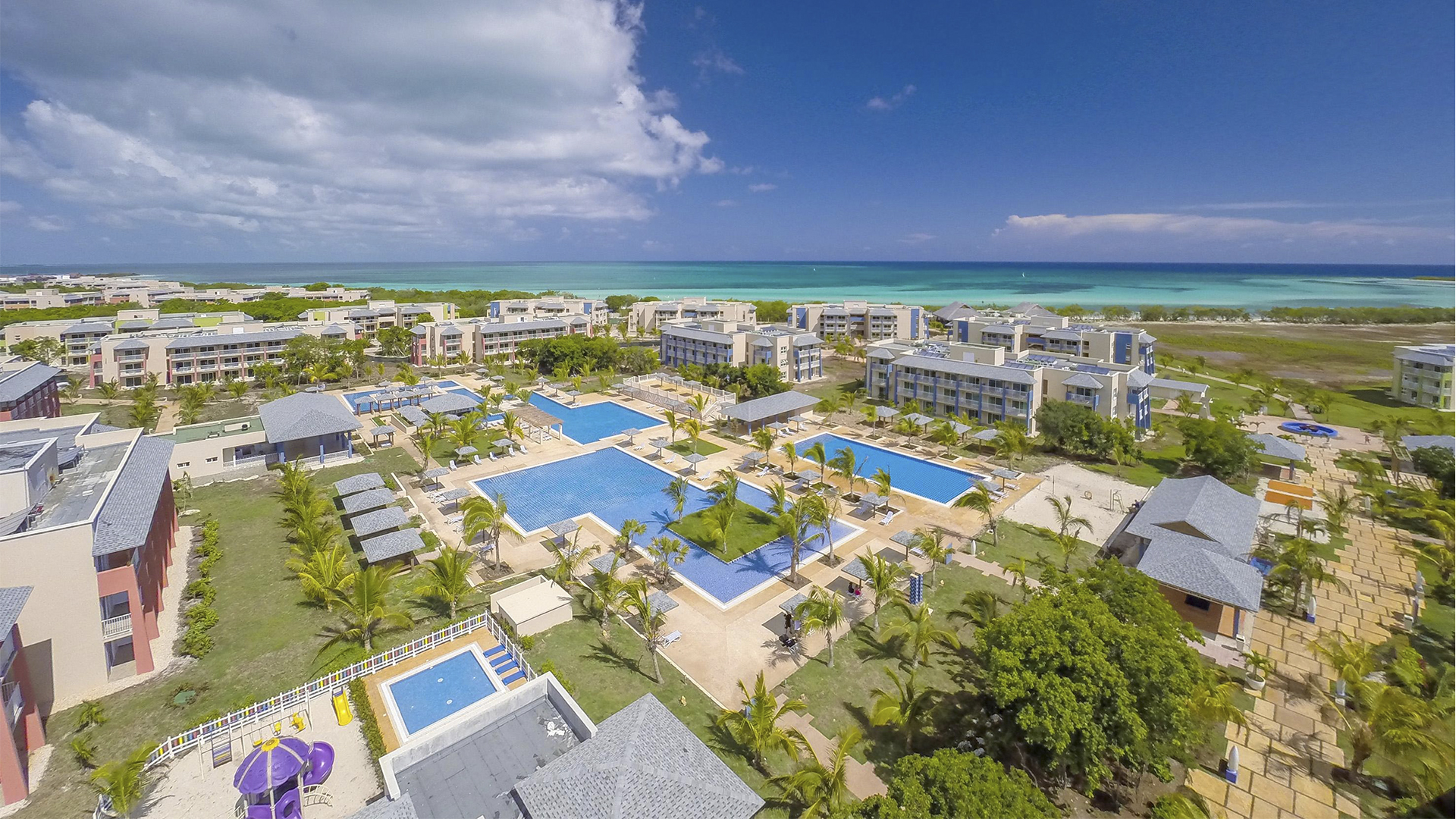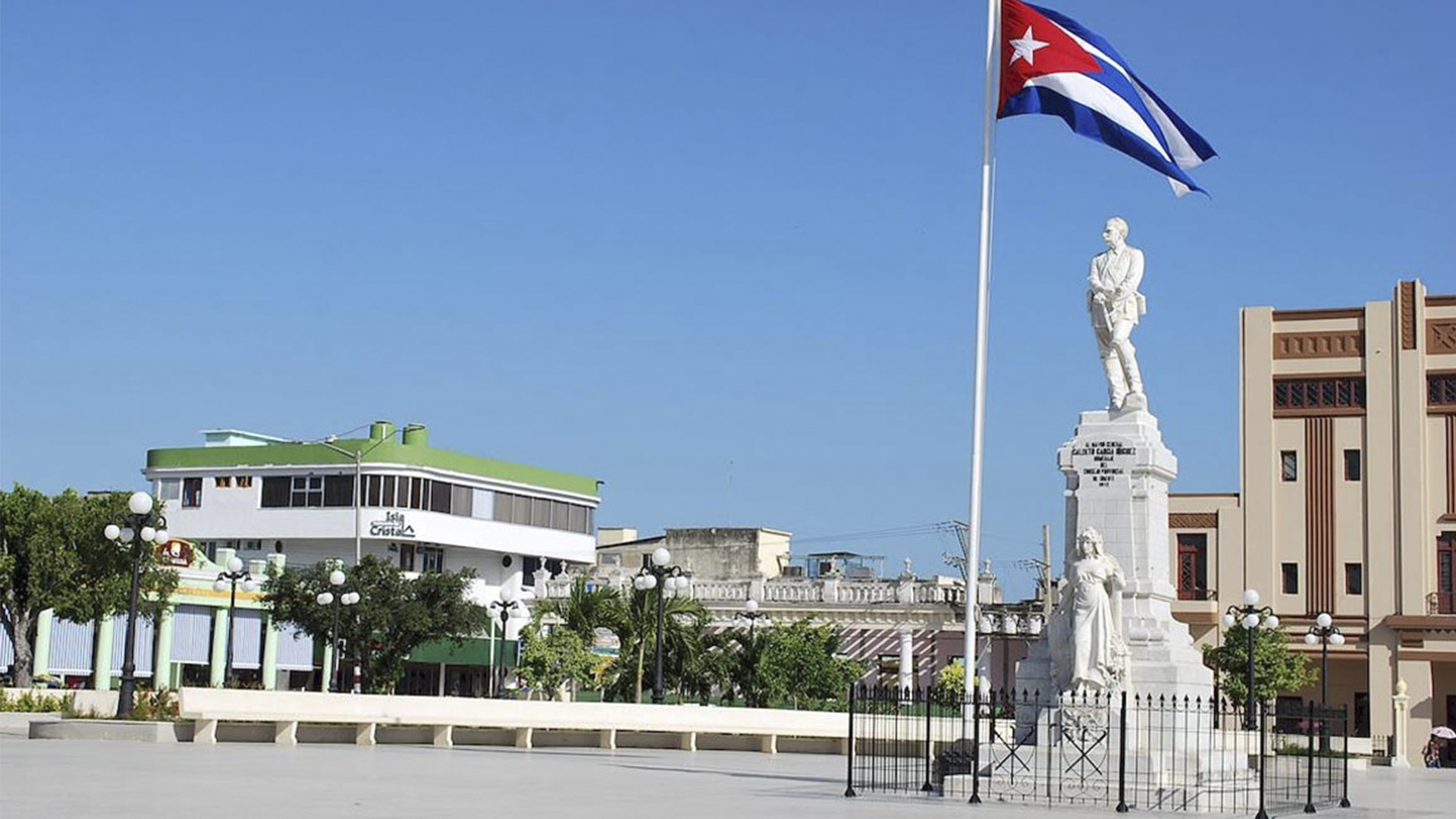8-Cayo Coco
Cayo Coco is a tropical island in the Jardines del Rey chain, in the central region of Cuba. It is known for its white sand beaches and coral reefs; and its northern coast has all-inclusive resorts. Natural attractions include lagoons and swamps that are home to birds such as the white ibis and a native colony of pink flamingos ranked as one of the largest in the Americas.
Más Destinos...
Havana is the capital of Cuba. Spanish colonial architecture in central Old Havana from the 16th century includes the Castillo de la Fuerza Real, a fort, and a maritime museum.
When you say "Varadero" in Cuba or any other country, that name is immediately associated first and foremost with a beautiful beach, since that is the name of the longest and most famous beach on this peninsula; and secondly, tourism, since Varadero is one of the most important tourist centers in the country.
Santiago de Cuba is the capital of the province of Santiago de Cuba, in the southeast of Cuba, facing a bay of the Caribbean Sea. It was founded by the Spanish in 1515 and is known for its colonial architecture and revolutionary history. The city's characteristic Afro-Cuban influences are on display during the July Carnival, an event with percussion parades, colorful costumes and son dance, a precursor to salsa.
Trinidad is a city in central Cuba, known for its colonial old town and cobblestone streets. The main neo-baroque square, Plaza Mayor, is surrounded by large colonial buildings. The Romantic Museum, in the restored Brunet Palace mansion, and the Museum of Colonial Architecture display relics from the city's sugar production era. The Church of the Santísima is a 19th-century cathedral with a vaulted ceiling and carved altars.
Jardines del Rey is the name of a group of keys that make up the eastern part of the Sabana-Camagüey archipelago, the most extensive and numerous of the four that surround the island of Cuba.
Holguín is a city in eastern Cuba. In its center is the extensive Calixto García Park with a statue of the general of the same name, dating from the 19th century. The Provincial History Museum, located in some colonial barracks, exhibits objects such as the Holguín Axe, the carved head of a 15th century axe. The Natural History Museum has a large collection of plant species, as well as birds and stuffed animals. The Cathedral of San Isidoro has 2 towers with red domes.

